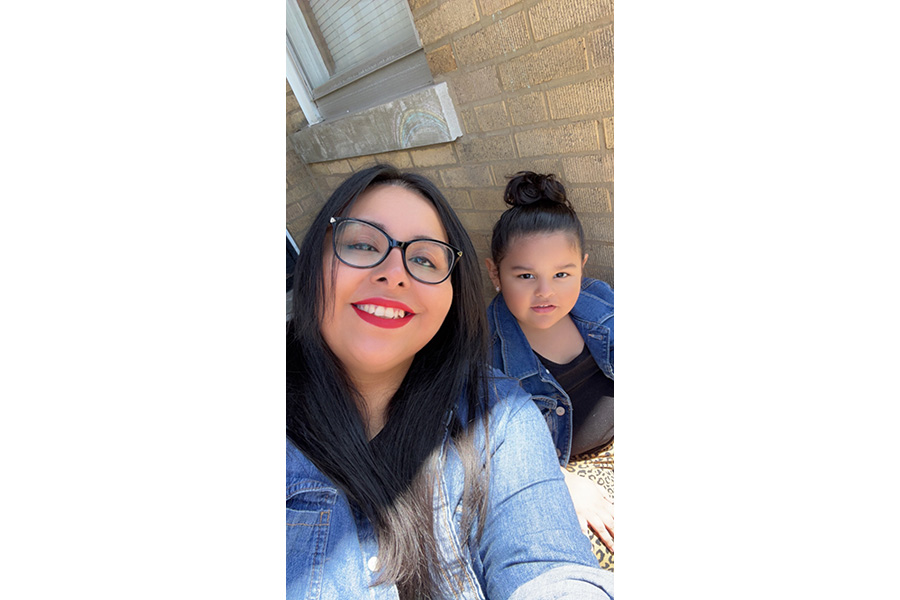Summer is approaching. Can you feel it? Taxes are filed. Flowers are blooming. Pools are slowly rising to acceptable temperatures. And school is almost done. It’s the last final push before an adjustment to an entirely new schedule and a little more freedom. However, before any of that can happen, you must get past the final hurdle: the end-of-year IEP meeting.
IEP meetings are designed to create a space for teachers, parents, and therapists to discuss a child’s progress. Ideally, this will happen at least three times over the course of the school year. While the initial IEP meeting in the fall feels the most crucial as new teachers begin to learn the skills and needs of their future student, I would argue that the final meeting in May is the best way to set your child up for success for the following year. It’s an evaluation by the people who have spent seven hours a day for the last nine months with your child. They have seen the good days and bad days and minor and major setbacks and successes.
How to Survive the End-of-Year IEP Meeting
I will admit that when my son, Charlie, was in kindergarten, I was simply happy to have arrived at the end, all of us in one piece, and possibly a little smarter about how the public school system worked. I was not prepared for the three hour meeting that outlined each goal and sub-goal and discussed whether Charlie had achieved it or not and what that meant for his future and most particularly, what that meant for his accommodations for the following year. I did not anticipate needing to fight all over again for certain services. I did not come with my own list of what I thought he would need. But after a few years of these meetings, I have a few survival tips to make this end-of-year meeting not only survivable, but also productive.
1. Bring Your Own List of Your Child’s Successes, Setbacks, and Goals
The IEP list of goals and skill sets is long and detailed. In fact, it’s so long it can make you forget that you too have a perspective on your child and how he or she is fairing in school. Therefore, make your own personalized list to bring into the meeting. Outline successes and setbacks. And then describe concrete goals that you would like to be added or amended for next year. Write it down. Bring it to the meeting. Check items off as you see them addressed in the IEP.
2. Don’t Be Afraid to Share Your List
You list won’t do you much good if you don’t share it. This sounds obvious, but it takes a certain element of mental clarity and bravery to speak up when there are issues that need to be addressed on your list that didn’t show up on the formal IEP. Don’t be afraid to voice them. As a parent, your perspective is crucial. If you feel your child is spending too much time in the SPED teacher’s room instead of in the classroom, say so. If your child needs to trial a new assistive technology for test-taking, say so. If you notice a pattern of outbursts after lunch, advocate for more rest time or inquire into the level of stimulus and possible sensory triggers in the cafeteria. These things might not appear on the master IEP list, but they still affect your child’s school day and therefore, need to be discussed.
3. Ask for a Copy of All Materials Passed out in the Meeting
You can drown in information during these meetings. Don’t expect to absorb or process it all in real time. Give yourself a break by asking for printed copies of all the reports and recommendations of the teachers and therapists. That way, you can take it home and review it at your leisure when you have more brain space.
4. Bring Your Own Advocate
That final IEP can be overwhelming, emotionally, mentally, and physically. Don’t go through it alone if you don’t have to. Bring your partner or a friend who can support you as you support your child. Notify the team of who will be coming with you and then let that person help you in whatever way possible, whether that be passing you tissues, water, a pen, or reminding you of whatever you told them not to let you forget.
5. Give Thanks
This gathering is a great chance to say thank you to the people who have helped your child succeed over the past year. All the people assembled in that room have become a team for your child. They worked to help him or her thrive in school. Expressing gratitude is a wonderful way to show their efforts have not gone unnoticed. We all need encouragement. And voicing thanks not only shows your appreciation for their hard work, but also creates a collaborative mindset going into the meeting.
Finally, let me leave you with this word of encouragement: you can’t “mess up” an IEP meeting. Whether you leave feeling fully satisfied in the outcome or not, remember, this is an ongoing discussion. As school years roll over into the next and as your child changes, the conversation will change as well. Keep talking. Keep meeting. Keep the dialogue open as you all learn together how to best meet your child’s needs.

Jamie Sumner is a special needs mom, author and blogger.
Discover her new book, Unbound: Finding Freedom from Unrealistic Expectations of Motherhood.
Read her blog, The Mom Gene.
Follow her on Facebook.















